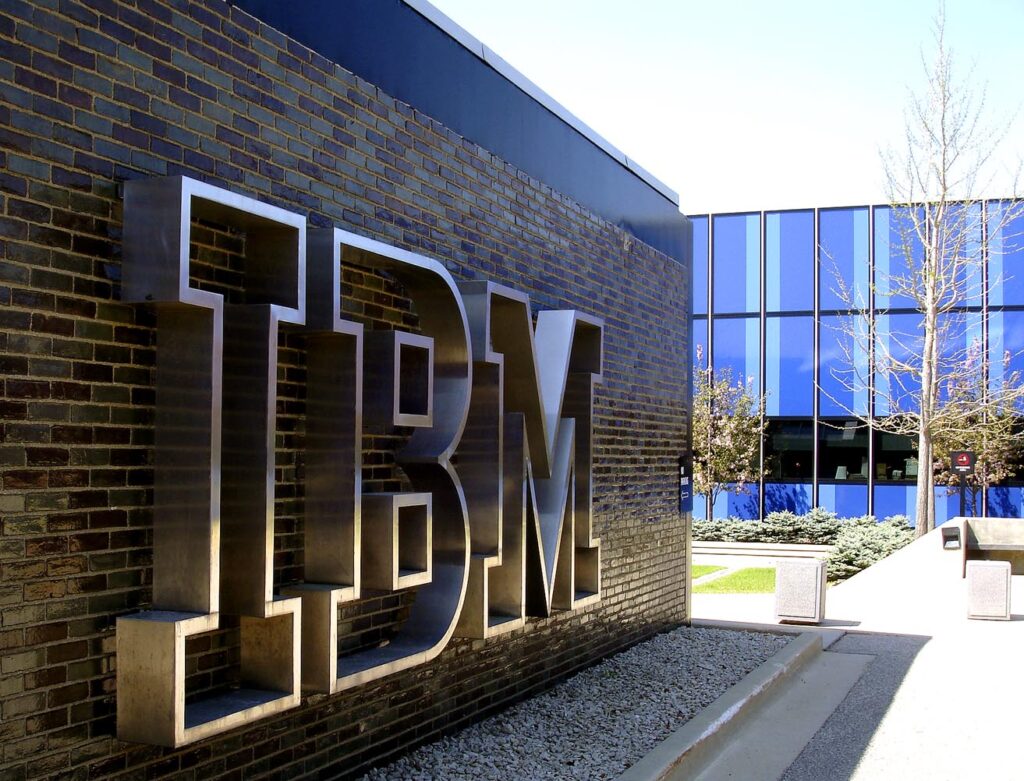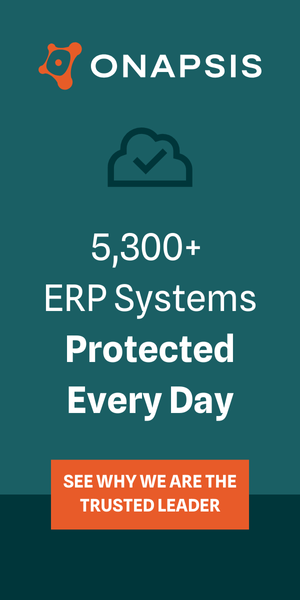In the realm of sustainability, it’s common to hear about the idea of an embedded and holistic approach, but what does it practically mean within organizations?
In a recent IFS sustainability roundtable discussion, it became clear that pursuing ambitious sustainability goals takes much more than just good intentions, as Sophie Graham, IFS global sustainability director, explained, ESG and sustainability might often be treated as one standalone topic, but, in fact, they come down to a series of trade-offs and decisions that need to be made in various departments of the organization with great intention.
So boiling down those hundreds of decisions being made in companies to shape and sustain an ESG strategy, creating a robust case requires a solid buy-in from company leaders all the way to the top, to trigger a truly holistic approach embedded in the thread of the organization. It’s a phrase often spouted in many a business transformation but, in the sustainability space, it takes on new importance to carefully analyze the impact of business action.
“Something might be good for the environment but bad for communities nearby and so on,” Graham says, further exposing the need for that considered top-level involvement and skilled people across the business, along with data at their fingertips to make informed decisions.
Using data to paint a vivid picture
Moving beyond the assumption that sustainability efforts end with reporting and disclosure, Graham points out that instead, it is much more about updating how businesses operate, and changing what happens before they get to that disclosure and regulatory output.
For instance, a popular directive currently bringing sustainability reporting in line with financial reporting, the EU Corporate Sustainability Reporting Directive (CSRD) is ‘looking under the hood’ at how businesses run and how they can transform into a more sustainable way of operating – focusing on resource allocation governance, how the business is making certain prioritization in terms of sustainability or how it is managing the risks and opportunities associated with it.
“And so it’s not just about that endpoint,” Graham clarifies, “But it’s really about how you manage and approach sustainability through the year and integrate that within your business. And I think to do that, the starting point has to be good data. We’re seeing that data is really the starting point before you can get to those transformation and business model conversations.”
Sharing more about their experience as a paint manufacturer on a journey to make operations as sustainable as possible, Gareth Hayfield, head of research and technical development at British firm Farrow & Ball, explains how without using the facilities of an ERP system, IFS in its case, the team would not have achieved that granularity of data so easily that allowed it to have its successful starter journey in sustainability.
Taking difficult and bold decisions over the previous years, including a transition from a solvent base to a water base paint to reach a greater degree of sustainability, the company has come a long way since.
“We were the first company in the world that I’d been able to find that did that and people looked at us and thought ‘That’s a brave decision to make’ because we had to bring not only people internally to understand that it was the right thing to do through facts, figures, data testing, but also our customers for whom it was a very different concept,” Hayfield recalls.
Helping convince partners and customers in the effectiveness of the new products, Farrow & Ball used data to bring these people along and demonstrate its degree of high performance. Even more, over time, it has allowed the company to make sustainability a key part of the decision-making process of the business, instead of being a second thought or a standalone metric.
“And I think we’re in the same situation now for sustainability, bringing transparency on data is going to be key to allow customers to understand why decisions are being made and bring people along with them,” he says.
But what happens if organizations used the latest optimizing tools available, to not only obtain clear and definitive data but also streamline this experience, leaning on the good old ‘work smarter, instead of harder’ strategy?
As part of its journey with IFS, Farrow & Ball has managed to reach seamless omnichannel returns, reduce customer duplication by 85 percent and save 90 resource hours a month.
Later, the manufacturer also changed its strategy during the offset of the pandemic and adapted its entire manufacturing strategy to redirect focus to online sales, instead of mostly selling through third parties, in approximately 90 percent of cases, prior to that.
Then, the journey to sustainability might be even faster, as Mark Moffat, recently appointed CEO of IFS, details how, shortly before joining the roundtable discussion, he was looking into a case study with a company that also recently implemented one of IFS’ solutions.
“As a consequence of using one of our AI-based solutions to optimize how they organize their field force and all the travel and logistics that go with that field force, this customer saved €13m on an annual basis. There are €13m saved across a 2,500-person workforce.”
However, the impact of using precise numbers and statistics doesn’t stop there and one could see it even making a full circle to securing a greater degree of sustainability buy-in higher up in the organization. This is the added advantage that sustainability professionals can leverage to make the case for prioritizing ESG and paint a clear picture of its impact and future potential.
“Now you get that story into the organization just to make the point and suddenly they are gripped by the articulation of these types of benefits into the customer base. And that’s massively powerful that it suddenly gets everyone engaged in a way that regulation won’t do just by itself,” Moffat explains. “Storytelling and business outcomes are critically important, if we could do both those things in parallel we will come a significantly long way and really embed the change.”
How’s that for a bunch of numbers on a page?





